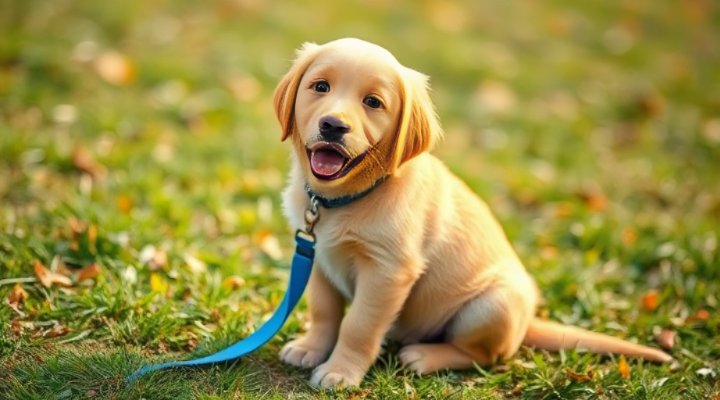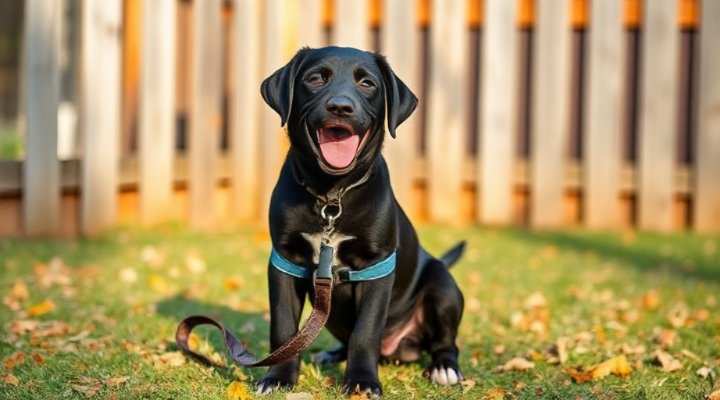Leash training a puppy is one of the most important skills you can teach your new furry friend. Not only does it make walks more enjoyable, but it also ensures your puppy’s safety. In this comprehensive guide, we’ll walk you through the entire process of leash training a puppy, from selecting the right equipment to troubleshooting common issues.

Why Leash Training a Puppy is Important
Before we dive into the how-to, let’s discuss why leash training is so crucial. A well-leash-trained puppy is safer when outdoors, more pleasant to walk with, and better behaved in public spaces. Moreover, proper leash training can prevent future behavioral issues like pulling or lunging.
According to our Puppy Training Basics Guide, starting early with leash training sets the foundation for all future obedience training.

Getting Started: Choosing the Right Equipment
Selecting the Perfect Leash
When beginning leash training a puppy, the right equipment makes all the difference. For most puppies, a lightweight, 4-6 foot nylon or leather leash works best. Avoid retractable leashes during the training phase as they can confuse your puppy about proper leash tension.
Finding the Right Collar or Harness
For small breeds or puppies prone to pulling, a front-clip harness can be more comfortable and effective than a traditional collar. Our Best Crate for Puppy Training article also discusses how proper equipment selection impacts training success.

Step-by-Step Leash Training Process
Step 1: Introduce the Leash Indoors
Start by letting your puppy wear the collar or harness around the house without the leash attached. This helps them get comfortable with the sensation. Reward them with treats and praise for calm behavior.
Step 2: Attach the Leash for Short Periods
Once your puppy is comfortable with the collar, attach the leash and let them drag it around under supervision. This helps them associate the leash with positive experiences.
Step 3: Practice Following You
Hold the leash and encourage your puppy to follow you around the house with treats. Keep sessions short (5-10 minutes) and always end on a positive note.
For more general training tips, check out our Puppy Obedience Class Benefits article.

Troubleshooting Common Leash Training Issues
Dealing with Pulling
If your puppy pulls, stop walking immediately. Only proceed when the leash is loose. This teaches them that pulling gets them nowhere.
Overcoming Fear of the Leash
Some puppies might be initially scared of the leash. In this case, pair the leash with positive experiences like treats and playtime to create positive associations.
Advanced Leash Training Tips
Once your puppy masters basic leash walking, you can introduce more advanced techniques like heeling and loose-leash walking in distracting environments. Remember, consistency is key in leash training a puppy.
For those interested in more comprehensive training, our K9 Dog Training Guide offers professional insights that can be adapted for puppies.
Keywords Related to Leash Training a Puppy
puppy leash training, how to leash train a puppy, leash training tips, puppy training, dog walking, teaching puppy to walk on leash, puppy obedience training, basic puppy training
